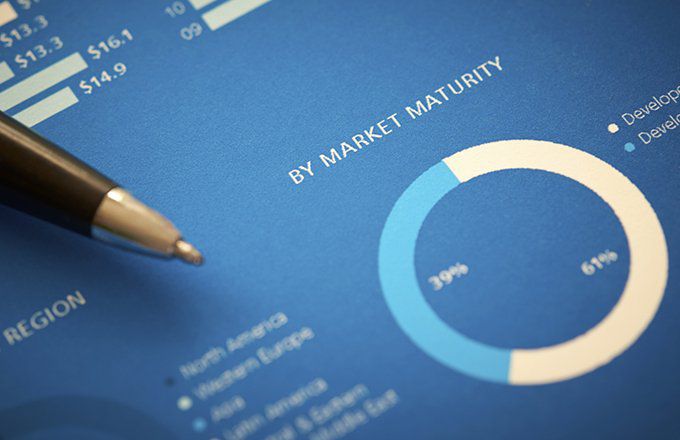Everything You Need To Know About Value Added Monthly Index
Sep 06, 2022 By Triston Martin
A value-added monthly index is a kind of stock market index that tracks the entire return obtained by an investor over a certain amount of time. It considers the accumulation of capital gains and the reinvestment of any distributions, such as dividends and extra interest obtained via compounding. Another essential component of VAMI is using NET monthly returns in the process by which it is computed. This indicates that any relevant expenses, such as management, incentive, and brokerage fees, have already been subtracted, and the amount left is the actual return on investment.
When communicating with potential investors about a fund's overall performance, this is one of the measures that is most often used. The popularity of VAMI may be attributed to the fact that it is both very descriptive (it demonstrates to an investor how $1,000 has been done over a certain period) and straightforward (it doesn't need a lot of explanation). A value-added monthly index may serve several functions depending on its use. It may shed light on the increased value of the invested money over time. There are situations when it may be used in judging a fund manager's efficiency. Comparing several funds and index benchmarks is another useful use for this tool. The value of the VAMI is determined by multiplying the value of the VAMI from the previous month by the NET return from the current month.
Using VAMI for Comparison
VAMI charts may be an effective and trustworthy comparison method when analysing market performance. Investors can personalise these charts to choose from the available possibilities within a fund family offered by a fund business. Investors may have a better understanding of how an investment has fared over time via the use of VAMI charts. In addition, they could provide some information on prospective expectations concerning future forecasts. VAMI charts may also depict how funds with comparable objectives or funds from various asset class categories have done over a certain time period. Benchmark returns can also be included in the chart to conduct a more comprehensive study.
Asset Class
A collection of assets with similar features governed by the same rules and regulations is referred to as an asset class. Therefore, asset classes are composed of instruments that often act in the market compared to other asset classes' instruments. To put it another way, an asset class is a collection of financial instruments equivalent to one another. A collection of stocks might include, for instance, IBM, MSFT, and AAPL. It is common to combine different asset classes and asset class categories. The levels of correlation between the various asset classes are often rather low, and in some instances, they even turn out to be negative. This quality is essential to succeeding in the business of investing.
Financial advisers see investment vehicles as classes of assets, and diversification is accomplished via utilising these asset classes. It is anticipated that diverse risk and returns investing characteristics will be shown by each asset class and distinct performances in any particular market situation. Investors interested in optimising returns often do so by decreasing the risk of their portfolios via the diversification of asset classes. Investors may benefit from the assistance of financial advisers in diversifying their portfolios by combining assets from various asset classes. These asset classes each have distinct cash flow streams and various degrees of risk. Investing in several asset types is possible to guarantee a certain level of variety in one's investment decisions. Diversification lowers one's risk exposure while raising one's return likelihood.

VAMI Tools
Many different market platforms provide VAMI solutions for investor research and analysis. These instruments may accommodate a wide range of inputs, including larger beginning capital levels and variable periods, among other possibilities. It is possible to develop a value-added monthly index through technical software programming. In most cases, it starts with a fictitious investment of one thousand dollars. Nevertheless, the initial investment amounts might be different. When using this modelling approach, it is essential to guarantee the availability and quality of data to give appropriate charting. This is because the quality of the data might distort the anticipated results. In addition to Microsoft Excel, Excel and other technical software packages may be used to construct VAMI charts. Companies that offer financial services often make online versions available to provide a graphical picture of the change in the value of investments over time.

As an example, Morningstar offers the use of its VAMI tool, which is included as part of the company's research offering for mutual funds. Investors are supplied with a hypothetical growth of their original investment of $10,000, shown in the dashboard's chart tab. When investigating the Vanguard 500 Index Fund for one year, beginning January 26, 2017, and ending January 26, 2018, the VAMI chart reveals that an investor's initial investment of $10,000 would have grown to more than $12,500 over that period.








